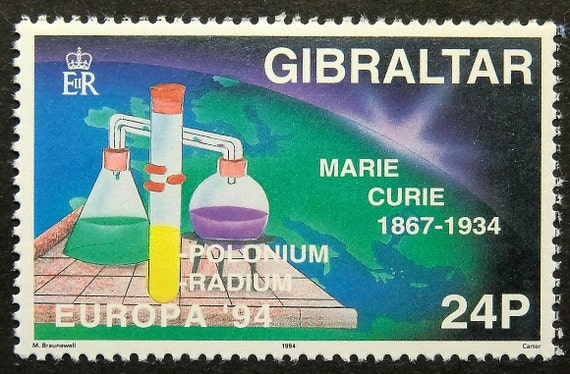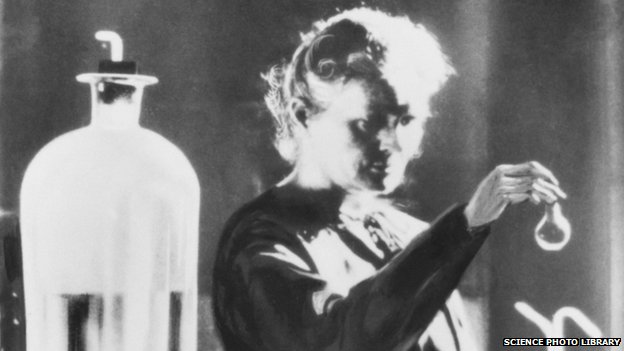


They were married in 1895 in a civil service attended by family and a few friends.

“It would.be a beautiful thing,” he wrote, “to pass through life together hypnotized in our dreams: your dream for your country our dream for humanity our dream for science.” Pierre was taken by Marie’s uncommon intellect and drive, and he proposed to her. More than a decade before, he and his brother Jacques had discovered piezoelectricity, the electric charge produced in solid materials under pressure. In 1894, she met Pierre Curie, a 35-year-old physicist at a French technical college who had been studying crystals and magnetism. Science thrilled her, and she earned a degree in physics in 1893 and another in mathematics the following year. She rationed her intake of food until, on more than one occasion, she collapsed of weakness. She immersed herself in French and math and made ends meet cleaning glassware in university labs. Marie worked as a governess until, at 24, she had saved enough money and purchased a train ticket to Paris, where she gravitated to the Latin Quarter and enrolled at the Sorbonne. Her father, a science teacher, encouraged his daughter’s curiosity but could not afford to send her to college. A prodigy in both literature and math, as a teenager Marie attended a secret school called the “Floating University”-its locale changed regularly to avoid detection by the Russians-which taught physics and natural history as well as the forbidden subjects of Polish history and culture. Her mother died of tuberculosis when Marie was 10 years old. October is Nobel Prize season, so it’s a good time to examine the story of her story-how she lived, but also how she has been mythologized and misunderstood.Ĭurie was born Manya Sklodowska in November 1867 in Warsaw, Poland, and raised there during a Russian occupation. Curie has always been a fascinating character, the subject of books and plays and movies, and this anniversary has prompted several new works about her. In her honor, the United Nations named 2011 the International Year of Chemistry. This year marks the 100th anniversary of her second Nobel Prize, the first time anyone had achieved such a feat.
#Who helped discover radium and polonium professional#
Professional science until fairly recently was a man’s world, and in Curie’s time it was rare for a woman even to participate in academic physics, never mind triumph over it. You would not expect the president of the United States to praise one of Curie’s male contemporaries by calling attention to his manhood and his devotion as a father.

She would forever be considered a bit strange, not just a great scientist but a great woman scientist. Curie worked during a great age of innovation, but proper women of her time were thought to be too sentimental to perform objective science. That was because she was a pioneer, an outlier, unique for the newness and immensity of her achievements. It was a rather odd thing to say to the most decorated scientist of that era, but then again Marie Curie was never easy to understand or categorize. “We lay at your feet the testimony of that love which all the generations of men have been wont to bestow upon the noble woman, the unselfish wife, the devoted mother.” President Warren Harding spoke at length, praising her “great attainments in the realms of science and intellect” and saying she represented the best in womanhood. tour was held in the East Room of the White House. Dozens more colleges and universities, including Yale, Wellesley and the University of Chicago, conferred honors on her. Later that week, 2,000 Smith College students sang Curie’s praises in a choral concert before bestowing her with an honorary degree. The American Chemical Society, the New York Mineralogical Club, cancer research facilities and the Bureau of Mines held events in her honor. She would later appear at the American Museum of Natural History, where an exhibit commemorated her discovery of radium. Andrew Carnegie before receptions at the Waldorf Astoria and Carnegie Hall. She attended a luncheon on her first day at the house of Mrs. But the Polish-born scientist, almost pathologically shy and accustomed to spending most of her time in her Paris laboratory, was stunned by the fanfare that greeted her. When Marie Curie came to the United States for the first time, in May 1921, she had already discovered the elements radium and polonium, coined the term “radio-active” and won the Nobel Prize-twice.


 0 kommentar(er)
0 kommentar(er)
